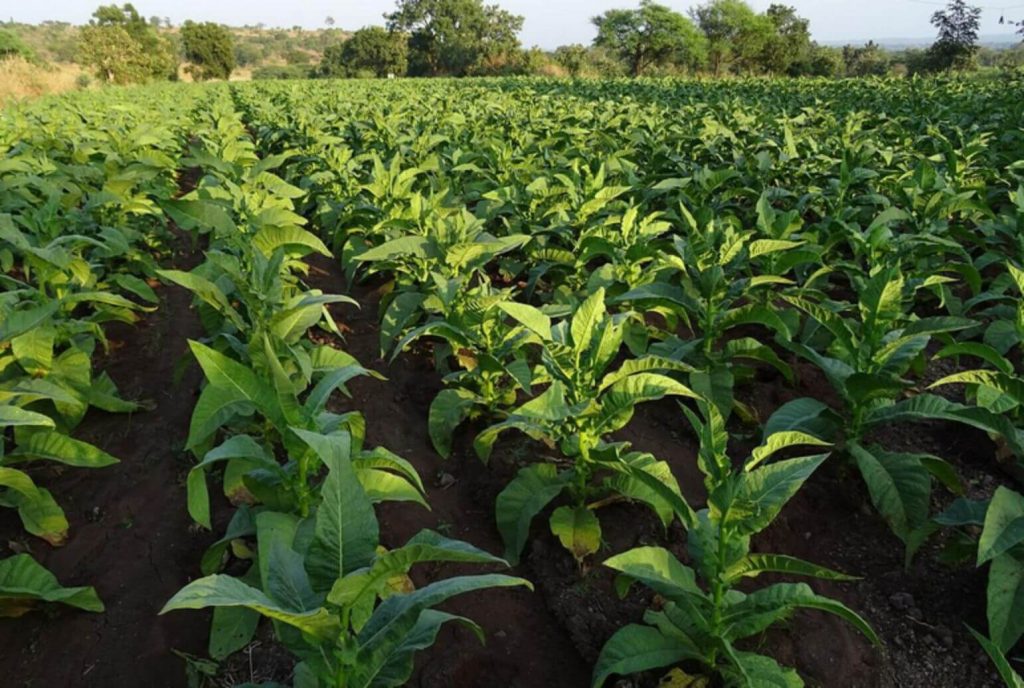
The tobacco industry in Afghanistan is a complex, multifaceted sphere, teeming with untold stories and unexplored aspects. It boasts a rich history that’s intertwined with the cultural and economic fabric of the nation.
Pre-20th Century Development
Tobacco arrived in Afghanistan centuries ago, primarily through merchants and explorers. Its cultivation quickly took hold due to the country’s favorable climatic conditions and fertile soil.
Post-20th Century Evolution
As the decades passed, the industry evolved and grew, with technological advancements enabling the development of more refined and diverse tobacco products.
Contribution to GDP
Tobacco contributes significantly to Afghanistan’s economy. The sector generates millions of dollars annually, playing a vital role in the country’s economic sustainability.
Employment Generation
Beyond the GDP, the tobacco industry is a lifeline for thousands of Afghan farmers and workers who depend on it for their livelihood.
The Growing Regions
Afghanistan’s diverse climate zones facilitate the growth of various tobacco types. Key growing regions include the fertile lands of Nangarhar, Kunduz, and Baghlan.
The Art of Curing and Processing
Tobacco processing in Afghanistan is a mix of tradition and technology. The curing process, in particular, remains largely traditional, relying on the natural sun and air for the leaves to reach optimal quality.
Internal Trade
The tobacco trade within Afghanistan is vibrant, with local markets bustling with tobacco sales and related products.
Global Trade
Afghanistan is an active player in the global tobacco market, exporting high-quality tobacco to numerous countries.
Smoking Rituals
Smoking has long been part of Afghan cultural traditions. From the older generation’s pipe smoking to the younger crowd’s uptake of cigarettes, tobacco consumption is woven into the social fabric.
Tobacco Products and Their Popularity
While cigarettes are the most common tobacco product, other forms, such as hookah and naswar (a form of smokeless tobacco), are also popular.
Current Regulations
The Afghan government regulates the tobacco industry with laws to control production, sales, and export, while also considering the health implications for its citizens.
Impact on the Industry
Government policies greatly impact the tobacco industry’s trajectory, influencing everything from farming practices to trade regulations.
Challenges
While promising, the tobacco industry in Afghanistan faces challenges. These include inconsistent crop yield, limited technological adoption, and global health-driven policies against tobacco.
Opportunities
However, opportunities also abound, especially in exploring sustainable farming practices, expanding export markets, and diversifying tobacco products.
In conclusion, the tobacco industry in Afghanistan is an intricate tapestry of history, economics, culture, and potential. Despite the challenges, it remains a crucial component of the nation’s economy and an interesting case study for industry analysts worldwide.
Afghanistan’s Tobacco Industry
Tobacco has been a vital crop in Afghanistan for centuries, with cultivation areas mainly located in the provinces of Nangarhar, Kunduz, and Baghlan. The industry plays a significant role in Afghanistan’s economy, providing a source of income for thousands of farmers and workers. It contributes a considerable portion to the national GDP, while also playing a role in international trade with exports going to numerous countries worldwide. The government oversees the industry with regulations aimed at maintaining quality control and managing export practices.
Statistics:
Key Figures on Afghanistan’s Tobacco Industry
- There are approximately 30,000 hectares of land dedicated to tobacco cultivation in Afghanistan.
- Tobacco farming directly employs an estimated 60,000 people.
- The industry contributes approximately $50 million annually to the country’s GDP.
- Tobacco export revenues reached about $10 million in the last fiscal year.
FAQs:
-
Who are the main stakeholders in the Afghan tobacco industry?
- The primary stakeholders are the Afghan government, local farmers, and tobacco companies, both national and international.
-
What are the major tobacco-producing regions in Afghanistan?
- The provinces of Nangarhar, Kunduz, and Baghlan are the primary tobacco-growing regions.
-
Where does Afghanistan export its tobacco?
- Afghanistan exports its tobacco to various countries, primarily in the Middle East and Asia.
-
Why is tobacco cultivation important for Afghanistan’s economy?
- Tobacco cultivation contributes significantly to the national GDP and provides employment opportunities to thousands of people.
-
How does the Afghan government regulate the tobacco industry?
- The government regulates the industry with laws controlling production, sales, and exports while considering health implications.
-
Is Afghanistan’s tobacco industry growing?
- The industry has shown steady growth over the years due to increased global demand.
-
Can Afghanistan expand its tobacco export market?
- Yes, there is potential for expanding the export market by diversifying the tobacco product range and improving quality.
-
Does Afghanistan import tobacco?
- While Afghanistan does import certain types of tobacco, it primarily relies on domestic production.
-
Will the tobacco industry remain important for Afghanistan’s economy?
- Given its current significance and growth trajectory, it’s likely that the tobacco industry will remain vital for the foreseeable future.
Sources of information:
- The Ministry of Agriculture, Irrigation, and Livestock (MAIL) – Afghanistan
- The Central Statistics Organization – Afghanistan
- World Bank Reports
- Food and Agriculture Organization (FAO) Reports
Citations:
- “Afghanistan: A Cultural and Political History” by Thomas Barfield
- “Agriculture in Afghanistan” by Craig S. Smith
- Ministry of Agriculture, Irrigation, and Livestock (MAIL) – Afghanistan
- The Central Statistics Organization – Afghanistan
- World Bank Reports
- Food and Agriculture Organization (FAO) Reports